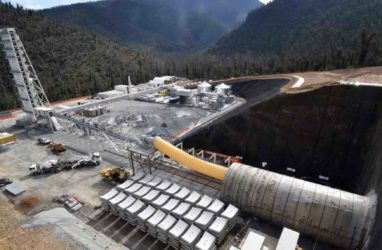Liquid air energy storage (LAES) presents a promising solution to the pressing challenge of integrating intermittent renewable energy sources into the power grid. As the transition to carbon-free energy accelerates, the need for reliable energy storage systems becomes critical; LAES could emerge as the most cost-effective option. MIT researchers have developed a model demonstrating that LAES can effectively store energy generated during peak production times, subsequently releasing it when demand surges. This capability addresses the inherent variability of renewable sources like wind and solar, ensuring grid stability and reliability in a decarbonized energy landscape.
The implications of adopting liquid air energy storage are significant, as it not only enhances grid resilience but also supports the broader goal of reducing carbon emissions. By leveraging LAES, energy providers can optimize their operations, balancing supply and demand more efficiently. This technology could lower costs associated with energy storage, making it an attractive option for utilities and policymakers alike. As the energy sector evolves, LAES stands out as a viable pathway toward a sustainable and reliable energy future, underscoring the importance of innovative storage solutions in achieving climate goals.







